
Get Instant Solution By an Expert Advisor
(4.8)


Importing food into India means more than customs clearance—it needs the Food Safety and Standards Authority of India (FSSAI) to say it’s safe. In 2025, the entire FSSAI import clearance process is digital, time-sensitive, and tightly regulated. If you plan to import food products, you must register, submit the right documents and follow a strict online process. This blog post will explain every step from registration to clearance so you can meet FSSAI rules without delay
The Food Safety and Standards Act 2006 governs the FSSAI. It ensures all food whether made locally or imported meets quality and safety standards
Every food importer should obtain FSSAI Import Clearance to sell any goods in the Indian market. This is obligatory in all the ports and airports in India. Documents sampling and lab testing are also checked before clearance is given
If you import any of these categories, you must get FSSAI clearance:
Even samples meant for research or promotional purposes need approval. No importer can bypass this process.
In 2025, the process connects these digital systems:
| Authority/Platform | Function |
|---|---|
| ICEGATE (Customs) | Used to file Bill of Entry (BoE) |
| FICS (FSSAI’s Interface) | Portal where applications are reviewed |
| Food Import Clearance System (FICS) | Coordinates inspection, sampling, and lab testing |
| Notified Laboratories | Conduct tests on samples |
| Customs Officer | Releases shipment post-clearance |
To get your food products cleared in 2025, follow these steps in order:
Before starting any import, you need an FSSAI Central License. This license is issued for importers who deal with food products. You apply for it through the FSSAI Food Licensing & Registration System (FLRS).
Use ICEGATE (Indian Customs portal) to file the BoE. This form contains shipping details. It is the first document that start the clearance process. Once filed, customs forwards it to the FSSAI’s system automatically.
You must now log in to the FICS portal and apply for food import clearance. This includes:
Upload all mandatory documents clearly. Missing information may delay clearance.
The FSSAI officer at the port checks the compliance of the product. They inspect the labels, packaging, and documentation. If the label lacks key details—like FSSAI logo, vegetarian symbol, expiry date, etc.—the consignment may be rejected.
The officer will collect samples and send them to an FSSAI-notified laboratory. The lab will test for safety, quality, and conformity. The report is uploaded to FICS when complete.
If the lab report is satisfactory, the FSSAI officer issues a No Objection Certificate (NOC). If the product fails, a Non-Conformance Report (NCR) is issued, and customs will reject the consignment. Once cleared, you can download the NOC and proceed with customs release.
How to apply for FSSAI License for Exporters
You must keep these documents ready:
Each document must be legible and current. Outdated or incomplete paperwork leads to delays.
The timeline depends on many factors. However, if all documents are in order:
| Task | Time Estimate |
|---|---|
| FSSAI Application Filing | 1 working day |
| Document Scrutiny | 1–2 days |
| Inspection and Sampling | 1 day |
| Lab Report and Approval | 3–7 working days |
So, under ideal conditions, your food consignment can be cleared within 7–10 working days.
FSSAI License Registration in India
The total cost includes:
Costs are usually manageable, but delays in compliance can result in port demurrage charges and product loss.
You cannot bypass this process. If you try to import food products without FSSAI clearance:
The process of food import is very stringent but systematic. It protects consumers and the safety requirements of food. It is a fully online process, but that does not imply that it is easy. Lost papers, the failure to correctly identify the documents or even delays in writing the application can take your time and money. Agile Regulatory enables you to be proactive in all these challenges.
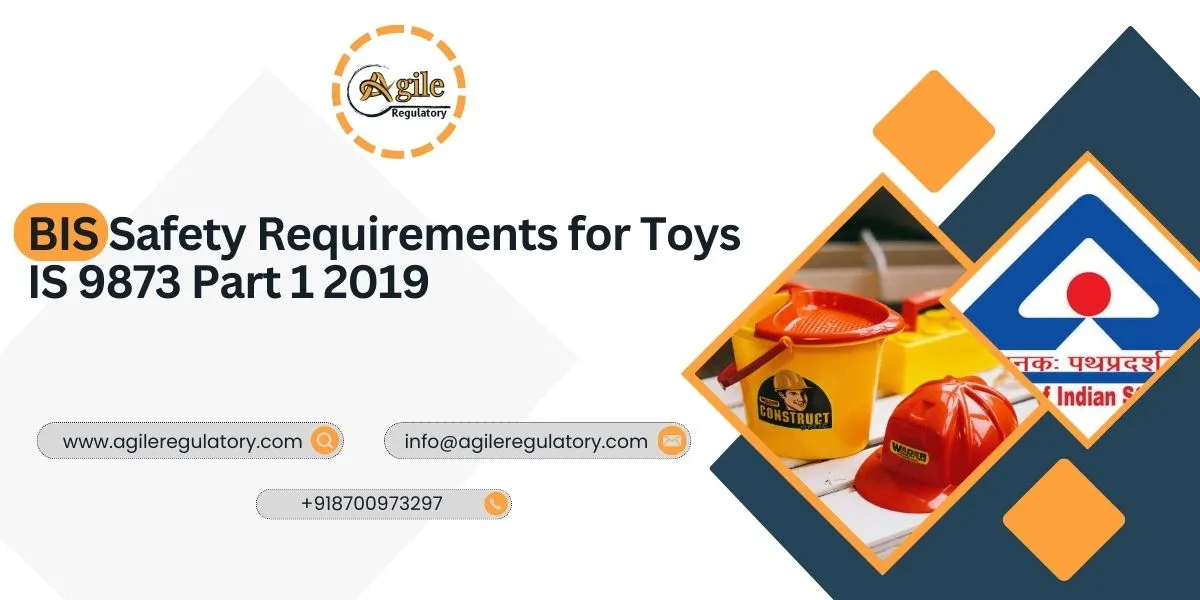
 Nishi Chawla
Nishi Chawla
26 Nov, 2025
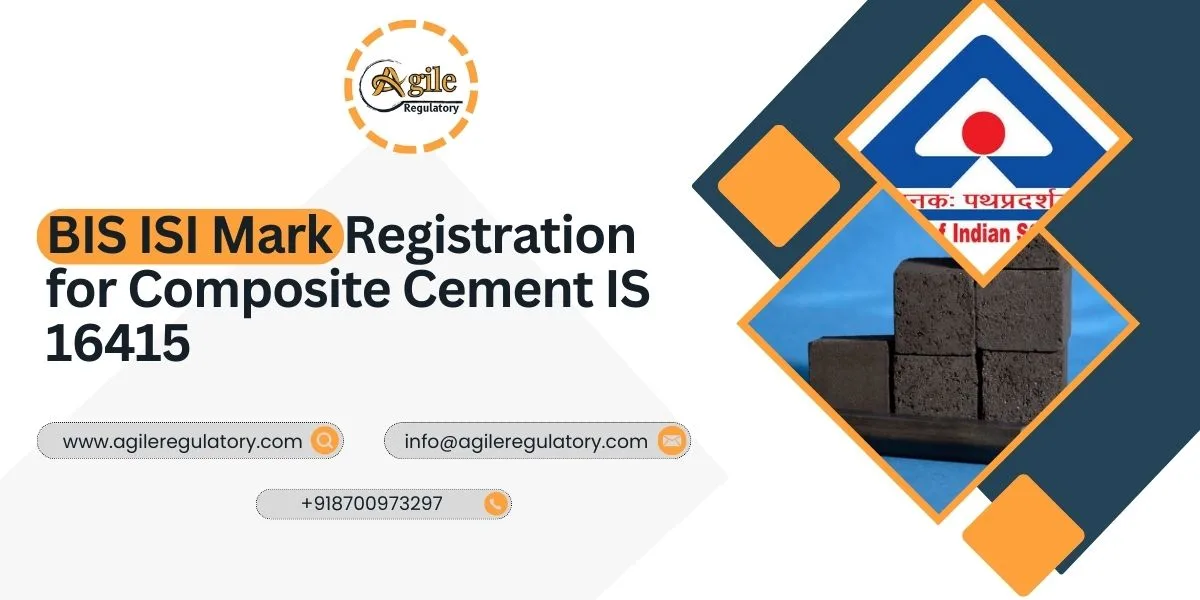
 Nishi Chawla
Nishi Chawla
26 Nov, 2025
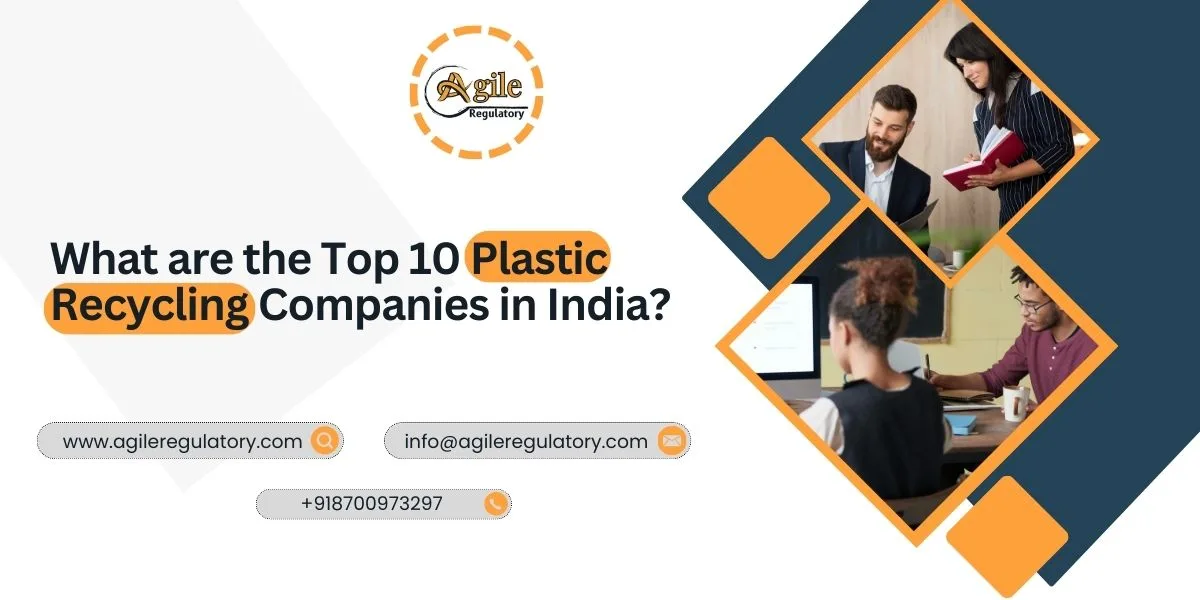
 Nishi Chawla
Nishi Chawla
25 Nov, 2025
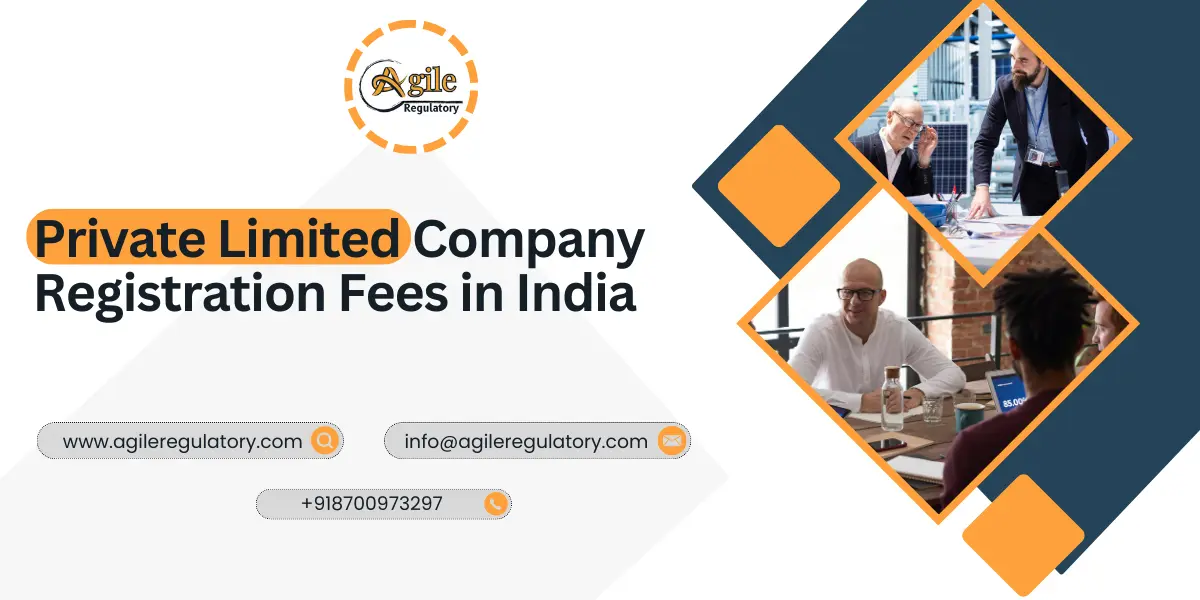
 Nishi Chawla
Nishi Chawla
25 Nov, 2025
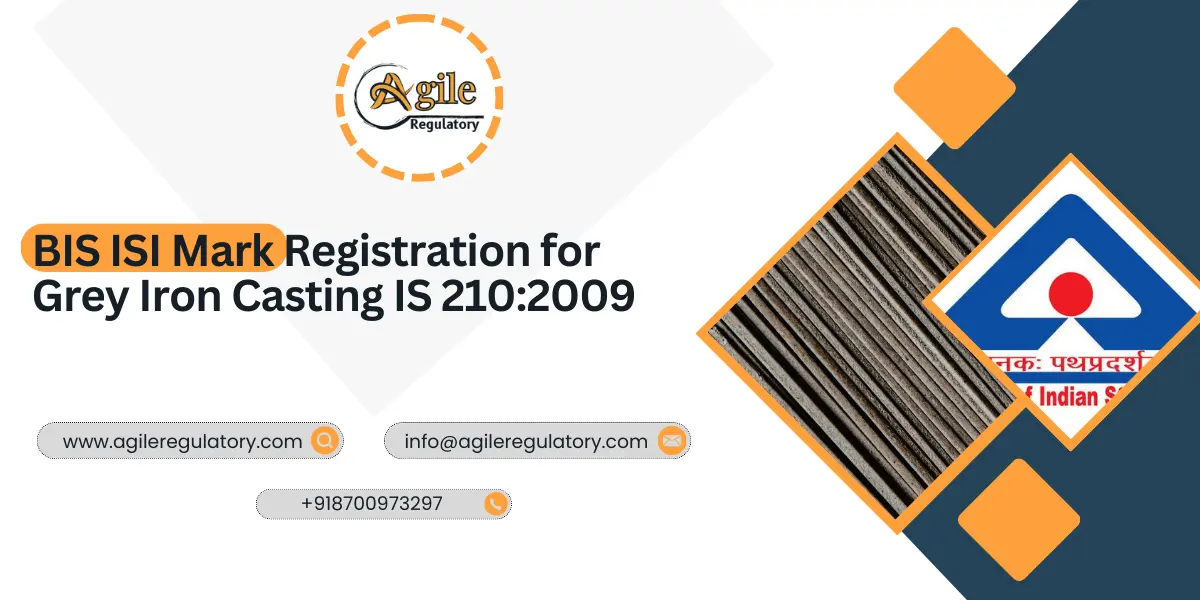
 Nishi Chawla
Nishi Chawla
22 Nov, 2025

Get Instant Solution By an Expert Advisor
(4.8)
We simplify compliance through a proven 4-step process: Consultation, Documentation, Submission, and certification. From understanding requirements to getting final approvals, we deliver a smooth, timely, and fully compliant journey for your business.
What our customer says about us
Fantastic support from the team. Their expertise transformed our approach, driving remarkable outcomes. A must-have partner for businesses seeking effective consulting solutions. Highly recommended.
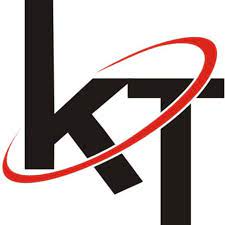
KTPL Instruments
Agile Regualtory delivers exceptional solutions. Their insightful guidance streamlined our processes and boosted profitability. Highly recommended for businesses seeking expert consulting services to thrive.
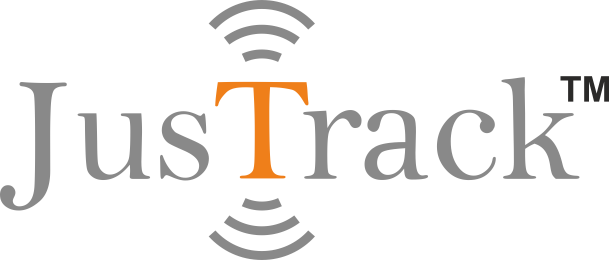
Justrack IOT
Impressed by Agile Regulatory's expertise. Their strategic insights and practical solutions have elevated our business operations. A reliable partner for effective consulting services. Highly recommended for growth-focused businesses.
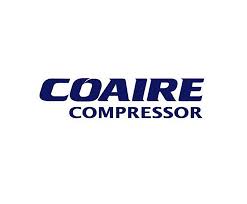
Coaire Compressor
Extraordinary consulting services. Their insightful solutions and dedicated team reshaped our business, driving remarkable improvements. Highly recommend it for transformative results.
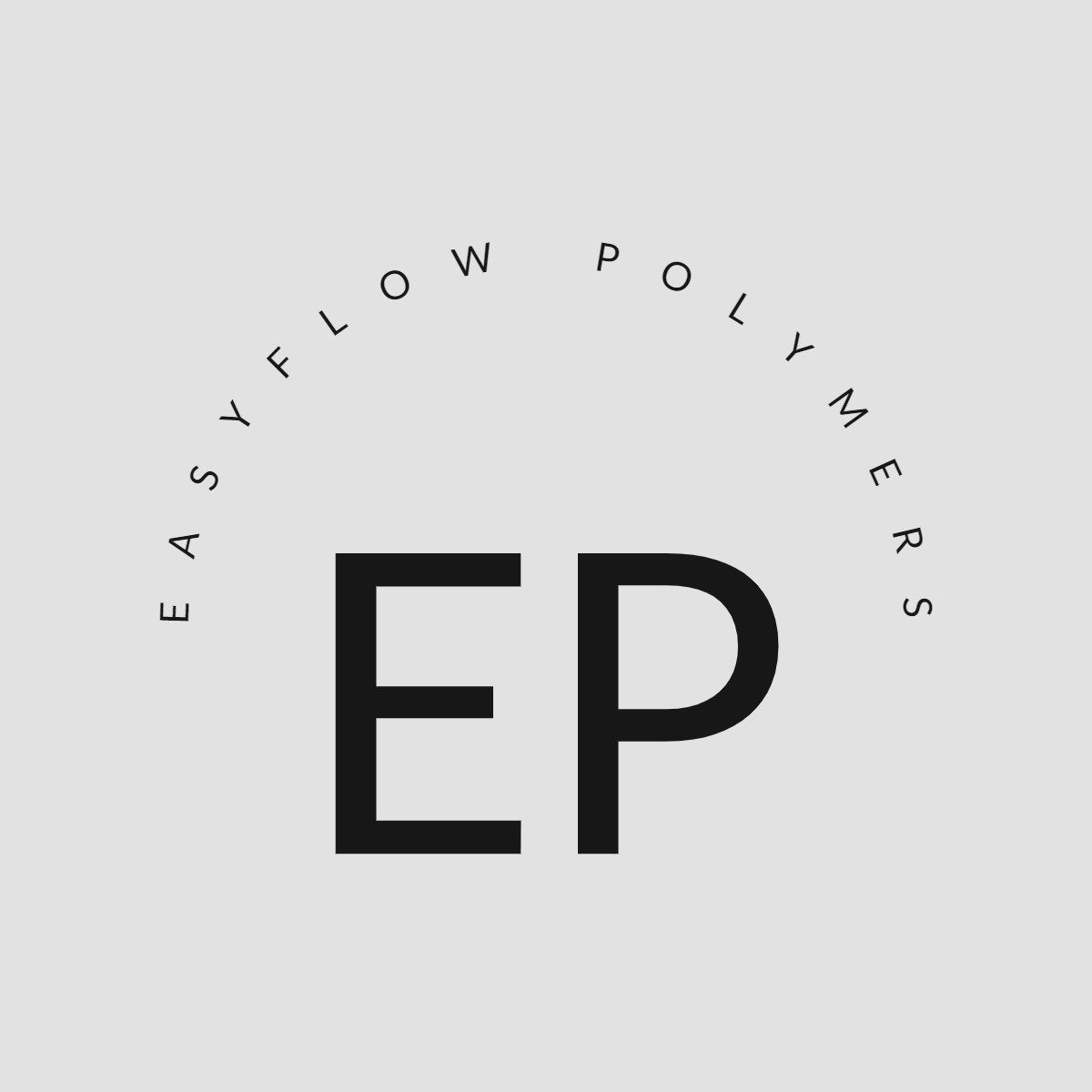
Easy Polymer
Incredible experience with Agile Regulatory. Their innovative strategies and expert advice revitalized our business model, resulting in impressive growth. Highly recommend their exceptional consulting services.
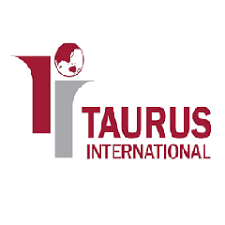
Tarus International
Top-tier consulting! offered strategic solutions that revolutionized our approach. Their deep expertise and personalized guidance made a significant impact on our success. Highly recommend their services.

Anchor Weighing
Agile Regulatory exceeded expectations! Their tailored solutions, expertise, and proactive approach led to remarkable results. Highly recommend for businesses seeking impactful and strategic guidance.

AM Capacitor
Outstanding service! delivered targeted solutions with professionalism and expertise. Their insights elevated our business strategies, resulting in noticeable growth. Highly recommended for exceptional consultation.

Imaxx Pro Aquistic
Leave a Reply
Your email address will not be published. Required fields are marked *